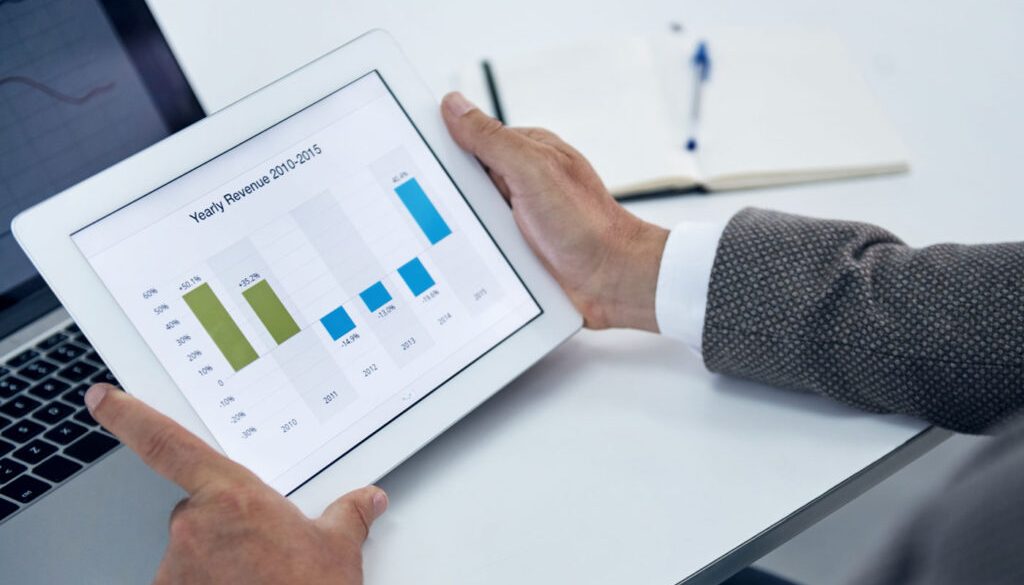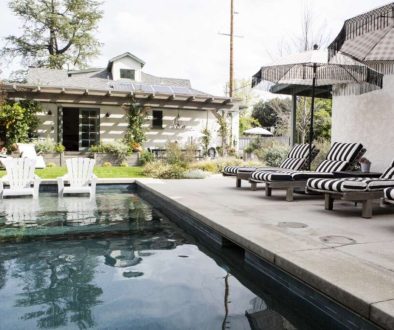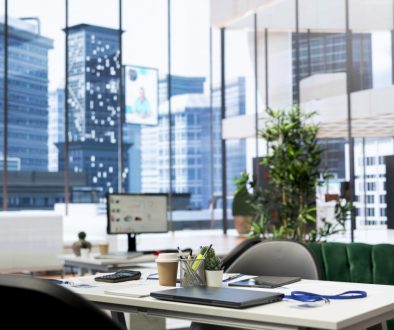Understanding Maintenance Responsibilities in Leases
Understanding Maintenance Responsibilities in Leases
When entering into a lease agreement, understanding maintenance responsibilities is crucial for both landlords and tenants. This guide delves into the complexities surrounding maintenance obligations, ensuring clarity and compliance throughout the lease term.
Introduction
Leases are essential documents that define the rights and responsibilities of landlords and tenants in rental agreements. Among the many aspects of a lease, maintenance responsibilities often create confusion. It is vital for both parties to understand who is responsible for various upkeep tasks and repairs, as this can significantly impact the financial and operational dynamics of the lease. In this article, we will discuss the various elements of maintenance responsibilities in leases, including common obligations, legal considerations, and best practices for both landlords and tenants.
Maintenance Responsibilities Overview
- In any lease agreement, maintenance responsibilities can generally be classified into two main categories: tenant responsibilities and landlord responsibilities.
- Landlords typically handle major structural repairs and ensure that the property is habitable and safe. In contrast, tenants are usually responsible for minor repairs and general upkeep.
- Understanding these distinctions is essential for avoiding disputes and ensuring that the property remains in good condition throughout the lease term.
Landlord Responsibilities
- One of the primary obligations of a landlord is to ensure the property complies with local health and safety codes. This includes maintaining the structural integrity of the building, plumbing, heating, and electrical systems.
- Landlords must provide a safe living environment, which includes regular inspections and timely repairs. For example, if a tenant reports a leak in the roof, it is the landlord’s responsibility to address it promptly to prevent further damage.
- In many jurisdictions, landlords are also required to maintain common areas, such as hallways, stairwells, and outdoor spaces, ensuring they are clean and safe for use by all tenants.
Tenant Responsibilities
- On the other hand, tenants are generally responsible for maintaining the interior of the rented space. This includes regular cleaning, minor repairs, and the upkeep of appliances, such as replacing light bulbs or taking care of the landscaping in a yard.
- Tenants are also expected to use the property in a way that does not cause undue damage. For instance, if a tenant accidentally spills paint on the carpet, they may be liable for the cost of cleaning or replacing it.
- It is important for tenants to communicate any maintenance issues to the landlord promptly, as negligence on the tenant’s part can lead to larger problems that become more expensive to fix.
Common Maintenance Issues and Responsibilities
- Routine Maintenance: These are tasks that are part of normal property upkeep, such as cleaning gutters, changing air filters, and servicing appliances. Typically, tenants handle these tasks, but landlords may include specific requirements in the lease.
- Emergency Repairs: In cases of emergency, such as a burst pipe or a malfunctioning furnace in winter, landlords are generally responsible for immediate repairs. Tenants should familiarize themselves with the process of reporting these emergencies to ensure swift action.
- Improvements and Modifications: If a tenant wishes to make alterations to the property, such as painting walls or installing shelving, they must often seek permission from the landlord. Any unauthorized changes can lead to disputes and potential charges upon lease termination.
Legal Considerations for Maintenance Responsibilities
- Many lease agreements include specific clauses that outline maintenance responsibilities. It is crucial for both parties to review these clauses carefully.
- Landlords must comply with state and local laws regarding habitability and safety standards, which may dictate minimum maintenance requirements. Failure to meet these obligations can result in legal consequences.
- Tenants should be aware of their rights regarding repairs and maintenance. For example, if a landlord fails to address a significant issue, tenants may have legal recourse, including withholding rent or terminating the lease.
Best Practices for Landlords
- Clear Communication: Establish open lines of communication with tenants regarding maintenance issues. Encourage tenants to report problems promptly and provide clear avenues for doing so.
- Regular Inspections: Conduct regular property inspections to identify potential maintenance issues before they escalate. This proactive approach can save costs and preserve the property’s value over time.
- Written Agreements: Clearly outline maintenance responsibilities in the lease agreement, specifying what tasks each party is responsible for. This clarity helps prevent misunderstandings and disputes.
Best Practices for Tenants
- Read the Lease: Thoroughly review the lease agreement before signing. Understand your responsibilities and ensure that you are comfortable with the terms.
- Document Conditions: Take photos of the property’s condition upon moving in to establish a record. This documentation can be invaluable in disputes over security deposits or damage claims at the end of the lease.
- Communicate Issues: Report any maintenance problems to the landlord as soon as they arise. Keeping a record of these communications can provide protection if issues are not resolved in a timely manner.
Understanding the Lease Termination Clause
- It is also important to understand how maintenance responsibilities affect the lease termination process. A poorly maintained property can lead to a tenant withholding rent or breaking the lease, affecting both parties.
- The lease termination clause should outline the conditions under which either party can terminate the agreement, including unresolved maintenance issues. This can include notice periods and responsibilities upon termination, such as repairs or cleaning.
Insurance Considerations
- Both landlords and tenants should consider insurance coverage related to maintenance responsibilities. Landlords might want to carry property insurance that covers damages and maintenance issues, while tenants should have renters insurance to protect their belongings.
- In the case of accidents or injuries related to maintenance issues, liability coverage can also play a crucial role. Tenants should ensure they have appropriate liability coverage in place to protect themselves in the event of a claim.
Conclusion
Understanding maintenance responsibilities in leases is crucial for both landlords and tenants. Clear communication, proper documentation, and adherence to legal obligations can prevent disputes and create a harmonious rental experience. By taking proactive measures and understanding their rights and responsibilities, both parties can ensure that the property remains in good condition and that their interests are protected. If you are entering into a lease agreement, consider consulting with professionals to ensure that your rights are upheld, and your responsibilities are clearly defined. Contact us today to learn more about our services and how we can assist you in navigating lease agreements effectively.



